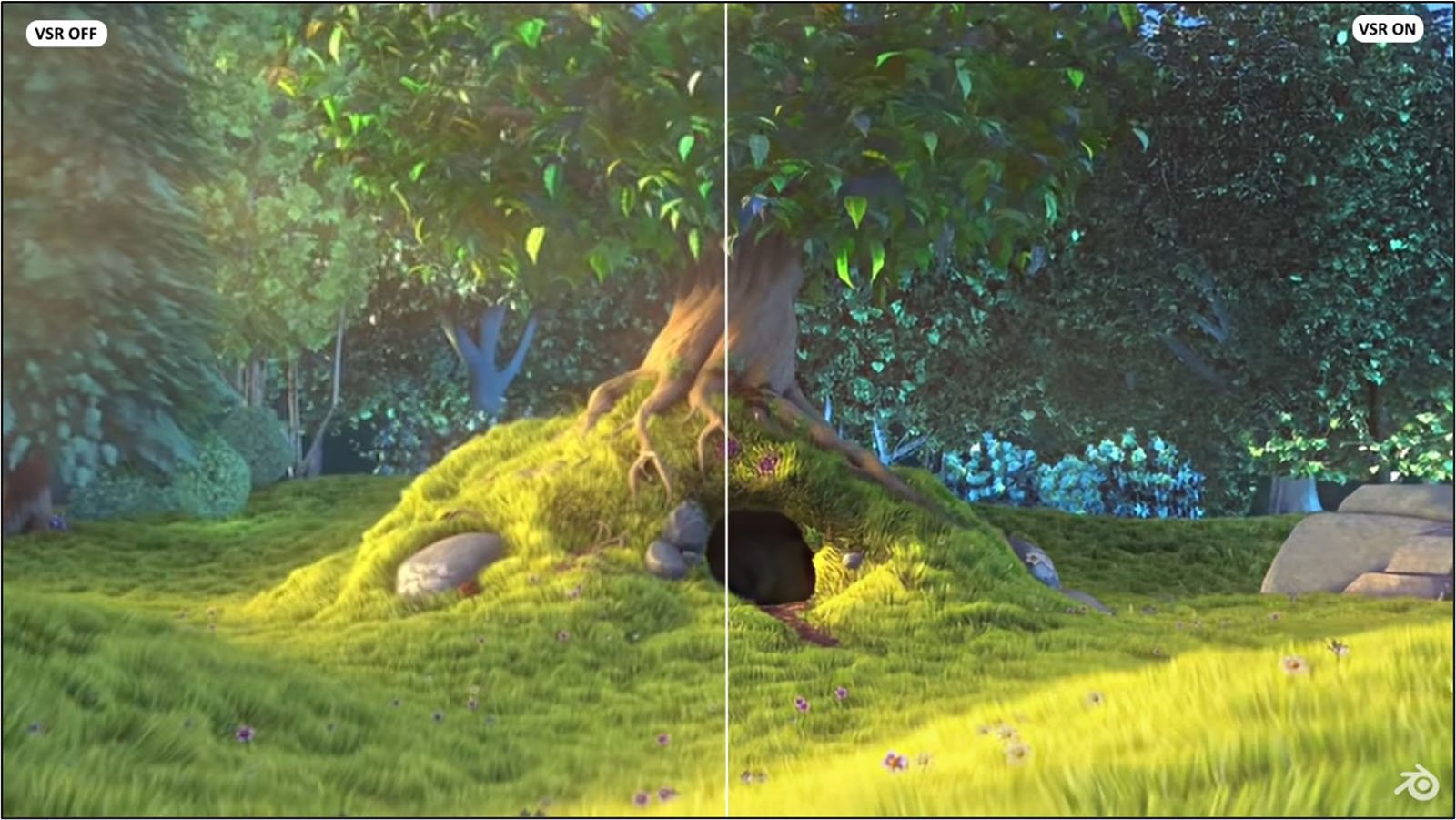![]()
Microsoft is planning to bring its AI-powered Super Resolution upscaling technology to Windows 11, incorporating the upscaler into various non-gaming applications.
As TechSpot reports, users have located a new feature called “Automatic Super Resolution” in the latest developer build of Windows 11 Insider. The dev build says Automatic Super Resolution uses AI to upscale videos and deliver smoother experiences across multiple apps.
Would you like to toy around with Automatic Super Resolution in build 26052 and see if you notice any differences? You can get it to show up by running this command and rebooting:
vivetool /enable /id:39695921 /variant:3 https://t.co/6baoIeZcDh pic.twitter.com/ui9maas7je
— Albacore 🥝 (@thebookisclosed) February 11, 2024
Tom’s Hardware describes the feature as a system-level upscaler, and that Automatic Super Resolution is “highly likely” to work with all Windows apps, which would include Microsoft Photos.
There are caveats, of course. For the feature to work, Tom’s Hardware suggests it will require a computer with NPU cores, like Intel’s upcoming Arrow Lake and Lunar Lake CPUs, or a GPU with tensor cores.
The feature sounds very similar to Nvidia’s own Deep Learning Super Sampling (DLSS) technology, as The Verge points out. DLSS relies on AI to upscale video games while simultaneously improving frame rates and overall image quality. AMD and Intel offer similar tech with FSR and XeSS, respectively.
Microsoft is also developing a system-level color management system that promises improved color and HDR performance, which will be a welcome change for photo and video editors.
There has been considerable improvement with AI-powered upscaling technology in recent years. A few years ago, Adobe made waves by introducing Super Resolution to Photoshop. Dedicated apps like Topaz Gigapixel 7 use AI to upscale photos, to significant success.
And as mentioned, real-time upscaling technology has been a major part of high-end PC gaming in recent years. However, implementing such a feature at the system level is a major step forward.
Of course, just because Microsoft has introduced Automatic Super Resolution to a developer build of Windows 11 does not mean that the feature will be imminently released to the public.

Microsoft has previously brought super resolution to Microsoft Edge, specifically for streaming video content. Introduced as “video super resolution” (VSR) nearly a year ago, the feature rquires specific graphics cards and only works on videos that are less than 720p resolution. The computer must also be directly powered from an outlet to perform VSR. It’s reasonable to expect similar caveats for a system-wide super resolution feature.
Image credits: Header photo licensed via Depositphotos.
